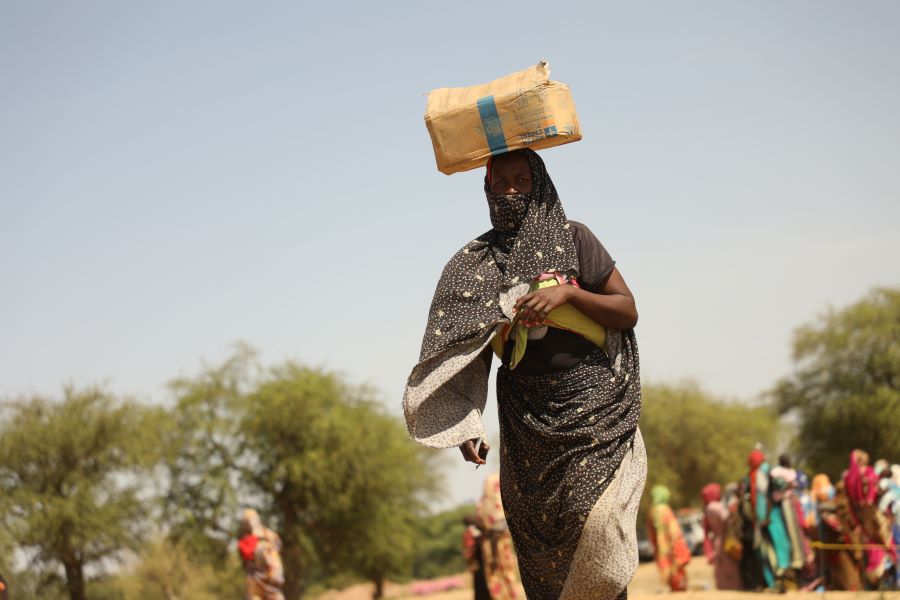
Sudan War: Wide-ranging Effects on Neighboring Countries
moatinoon
The war in Sudan has had wide-ranging effects on neighboring countries, economically, health-wise, and security-wise, according to a report by the World Food Programme issued on April 25, 2024.
With the continued influx of returnees and refugees to South Sudan, and the threat of floods resulting from the La Ni�a phenomenon, the food security crisis in South Sudan is expected to worsen during the dry season from April to July, with some parts of the country facing the risk of famine in the third quarter of 2024.
Security-wise, newcomers are exposed to looting, harassment, and human rights violations while lacking access to basic services, especially in overcrowded transit centers in Renk.
Health-wise, children in transit centers in Renk suffer from severe malnutrition, with one in four children aged 6 to 59 months suffering from acute malnutrition. The rainy season is expected to exacerbate already harsh conditions and impede movement from transit centers.
Economically, the halt in oil exports in South Sudan due to a pipeline explosion in Sudan has led to price hikes and a 40% currency devaluation. Prices of essential goods including food and fuel have risen, leading to increased cost of living for many South Sudanese. Estimates suggest that an additional one million people are at risk of severe food insecurity directly due to food price increases.
The conflict in Sudan has also had a significant impact on Chad, where the number of refugees more than doubled in just over a year, reaching over 1.2 million. This influx includes over 579,000 Sudanese refugees and over 164,000 Chadian returnees. Chad has now become the largest refugee-hosting country in Africa and the fifth-largest globally in per capita terms.
According to a Cadre Harmonise report issued in November 2023, nearly 2.9 million people in Chad are expected to face acute food insecurity during the dry season. The problem is particularly acute in the eastern region, where the arrival of refugees, below-average rainfall, and widespread livelihood disruptions exacerbate the crisis.

